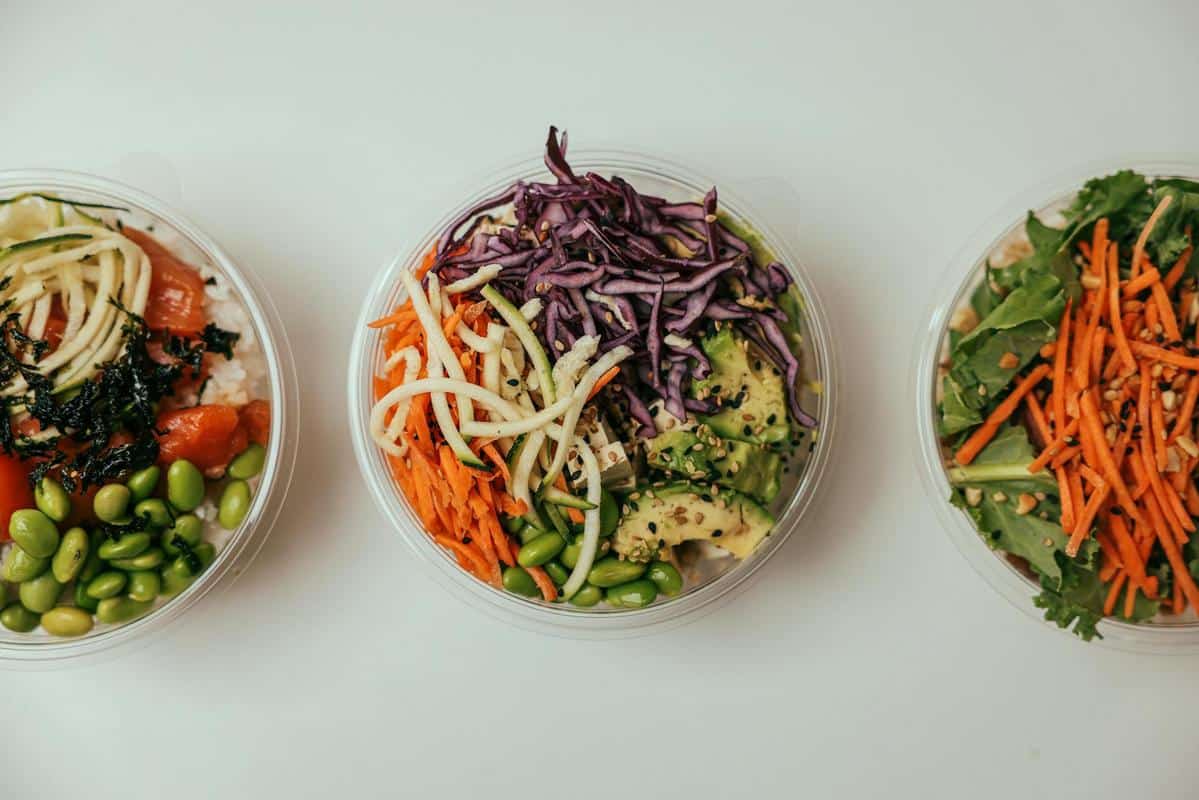
Probiotics vs. Prebiotics: What You Need to Know
Navigating the world of gut health can seem overwhelming, especially when terms like ‘probiotics’ and ‘prebiotics’ are frequently tossed around. Understanding the difference between these two can empower you to make informed choices for a healthier gut.
When it comes to gut health, probiotics and prebiotics often take center stage. But what exactly are they, and how do they differ? Let’s dive in.
Understanding Probiotics and Prebiotics
Probiotics are live microorganisms, often referred to as ‘good’ bacteria, that provide health benefits when consumed in adequate amounts. They are commonly found in fermented foods like yogurt, kefir, and sauerkraut. Prebiotics, on the other hand, are non-digestible food components that promote the growth of beneficial bacteria in the gut. They are typically found in high-fiber foods such as bananas, onions, and garlic.
Expert Insights
Dr. Michael Jensen, a gastroenterologist, explains, “Probiotics help balance the gut microbiome by introducing beneficial bacteria, while prebiotics serve as food for these bacteria, supporting their growth and activity.”
Research Findings
A study published in the Journal of Gastroenterology found that regular consumption of probiotics can help reduce symptoms of irritable bowel syndrome (IBS), while prebiotics are linked to improved gut barrier function and immune response.
Personal Anecdote
Amy, a wellness enthusiast, shares, “Incorporating both probiotics and prebiotics into my diet has drastically improved my digestion and overall energy levels. I start my day with a probiotic-rich smoothie and include prebiotic foods in my meals.”
Probiotics vs. Prebiotics: A Comparison
| Aspect | Probiotics | Prebiotics |
|---|---|---|
| Definition | Live beneficial bacteria | Non-digestible fibers |
| Source | Fermented foods | High-fiber foods |
| Function | Balance gut microbiome | Feed good bacteria |
| Health Benefits | Improve digestion | Boost immune function |
| Examples | Yogurt, kefir | Bananas, garlic |
| Consumption Frequency | Daily recommended | Daily recommended |
| Side Effects | Possible bloating | Gas, bloating |
| Usage Tips | Start with small amounts | Increase fiber gradually |
Actionable Tips
- Introduce probiotic-rich foods into your diet gradually to avoid digestive discomfort.
- Combine a variety of prebiotic foods to ensure a diverse intake of fibers.
- Stay hydrated to help your body process fibers effectively.
Frequently Asked Questions
Are probiotics and prebiotics safe for everyone?
Generally, they are safe for most people, but those with compromised immune systems should consult a healthcare provider.
Can I take supplements instead of food sources?
While supplements are available, obtaining nutrients from whole foods is often more beneficial.
Conclusion
In summary, both probiotics and prebiotics play crucial roles in maintaining gut health. By understanding their differences and benefits, you can make informed dietary choices that support your digestive system. Consider incorporating both into your routine for a balanced and healthy gut.
For more information on gut health, explore additional resources from trusted health websites and consult with healthcare professionals for personalized advice.


